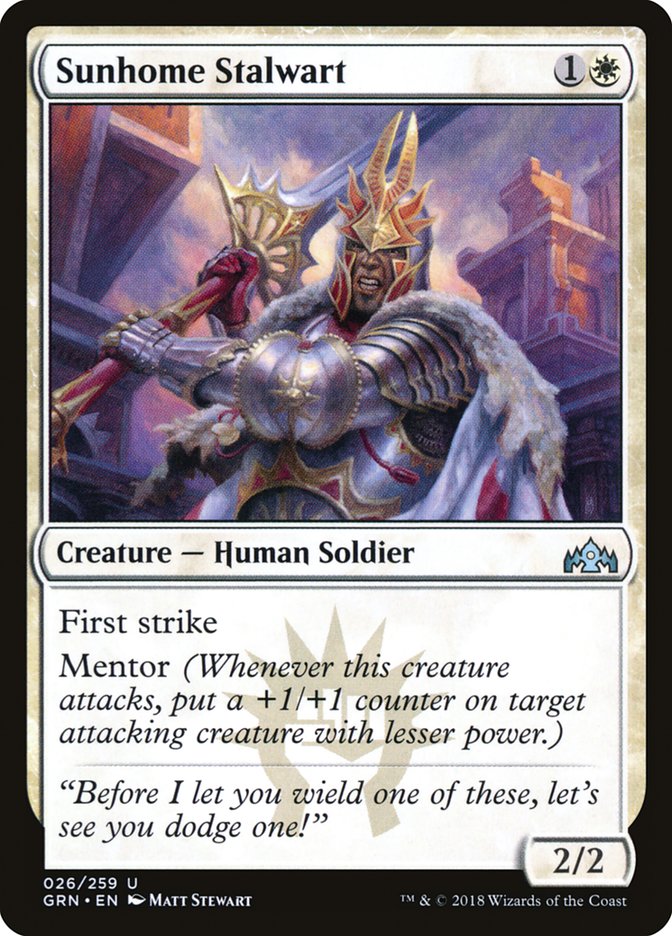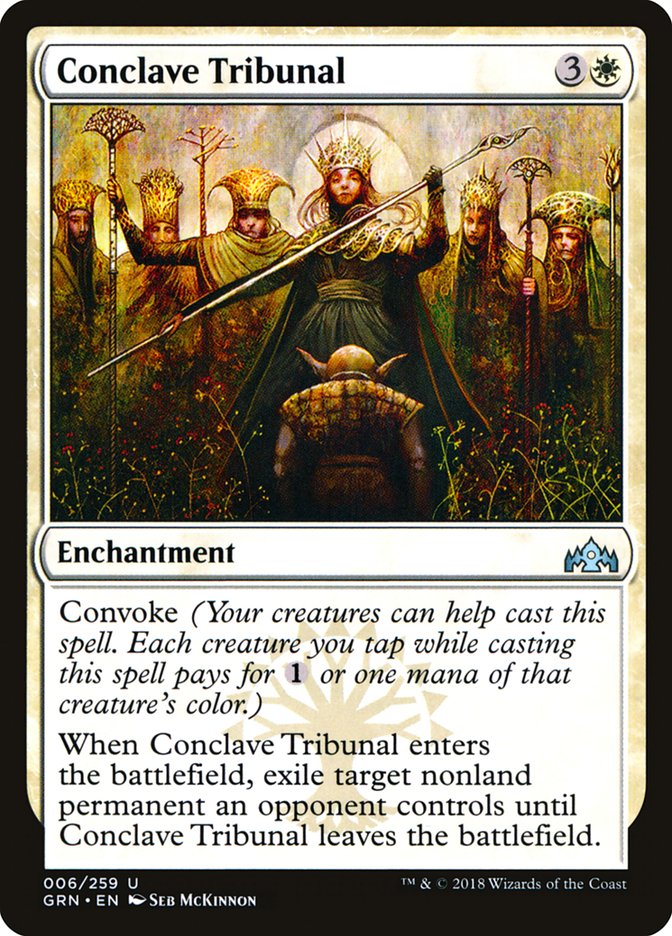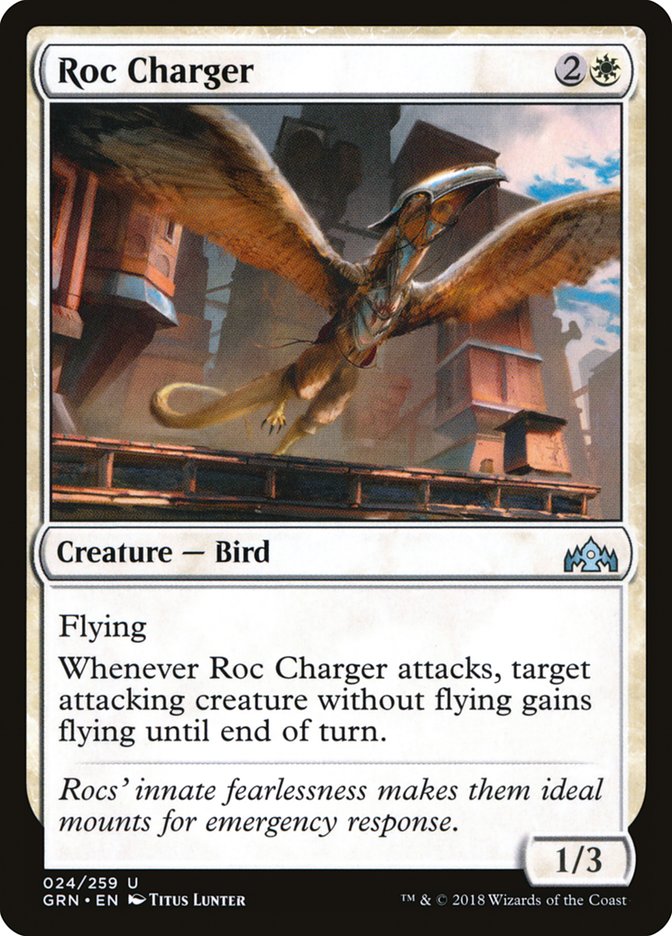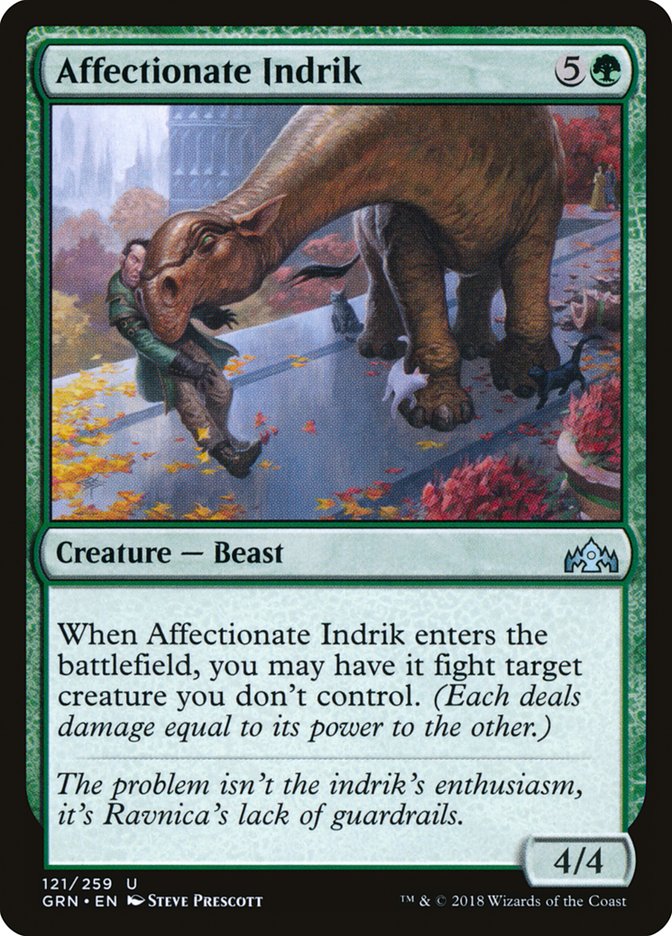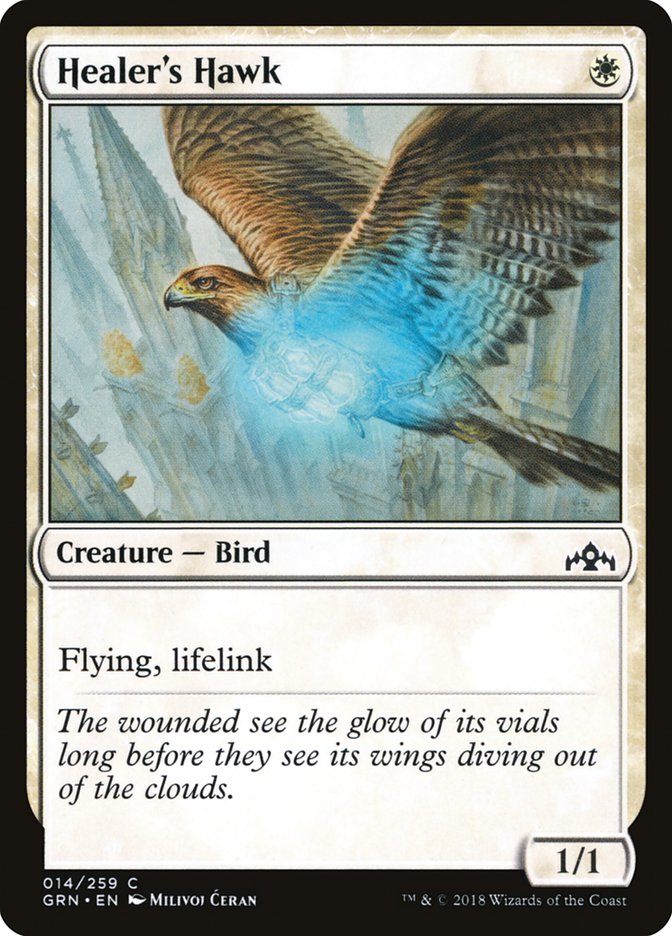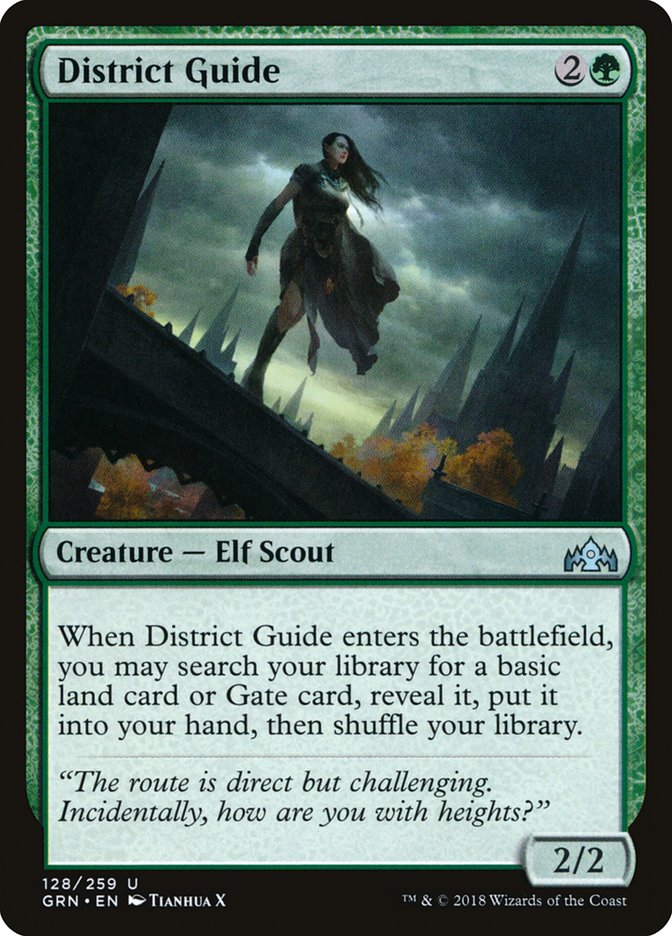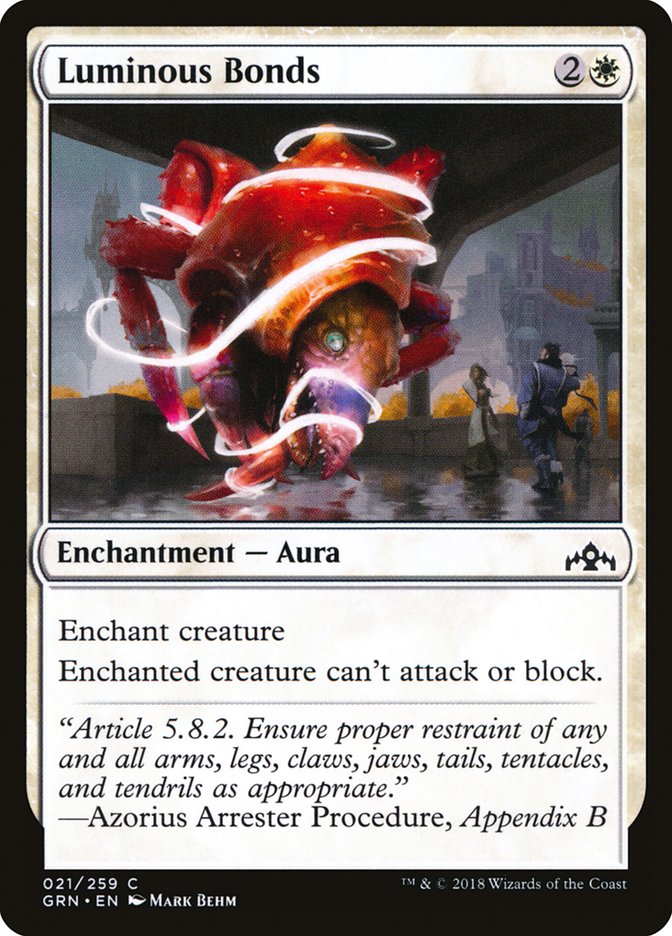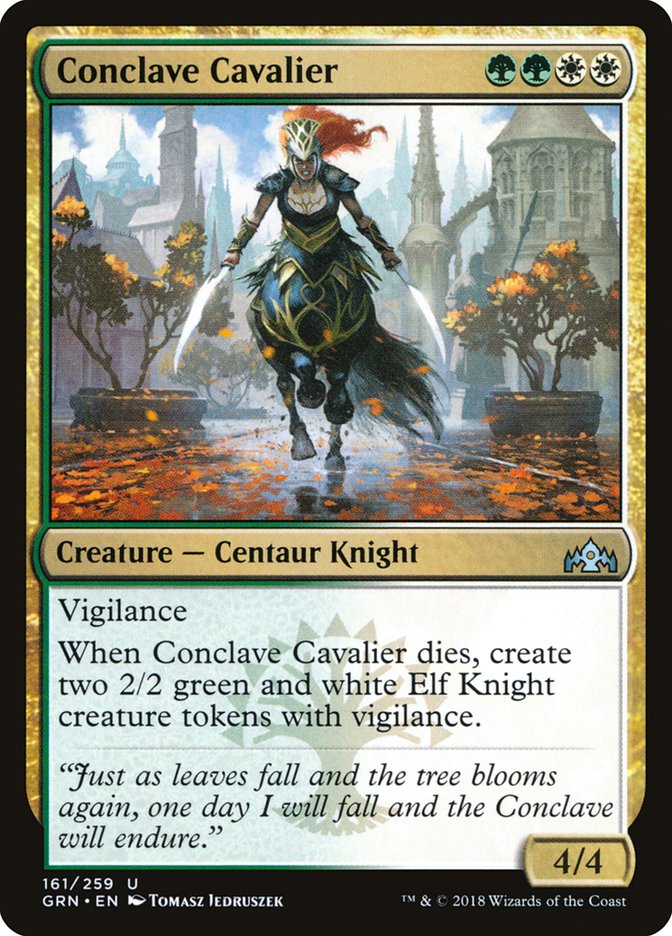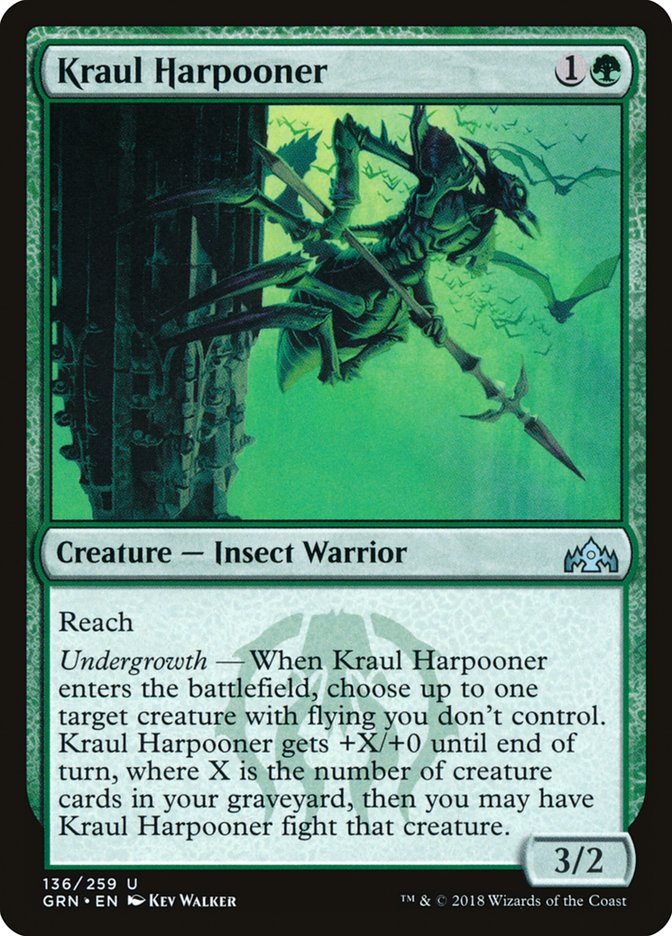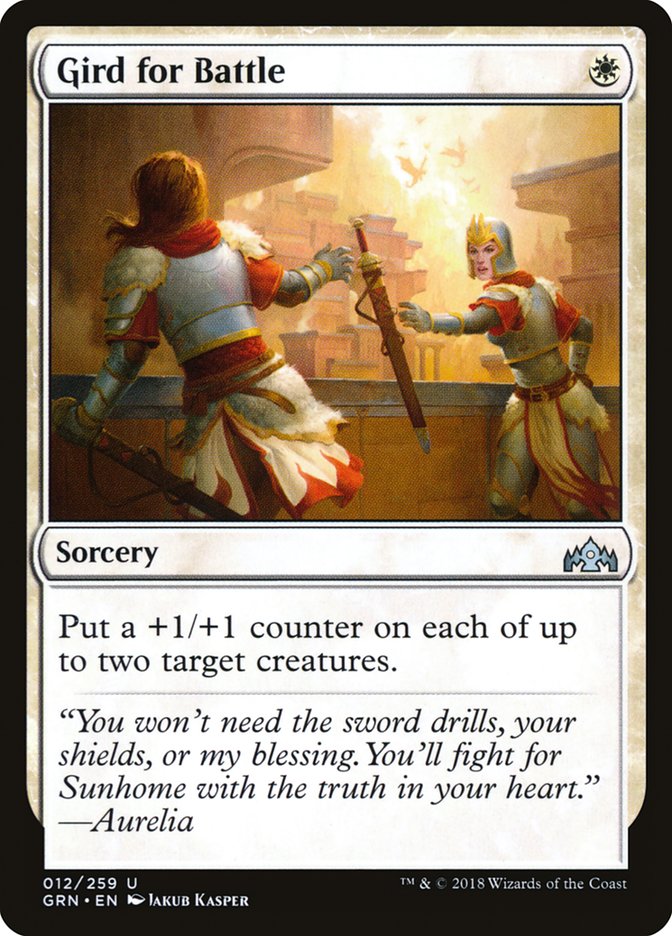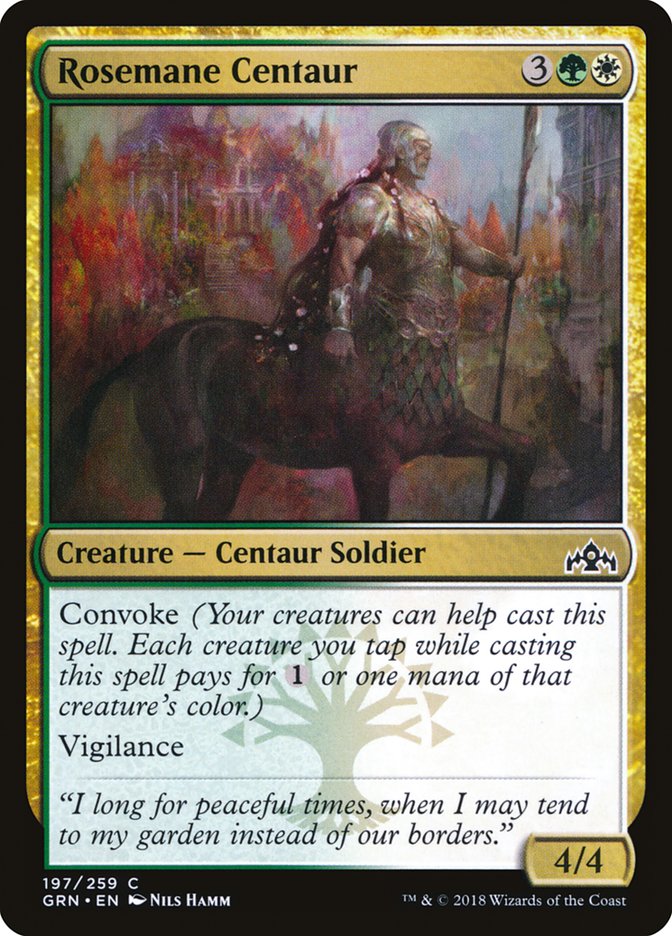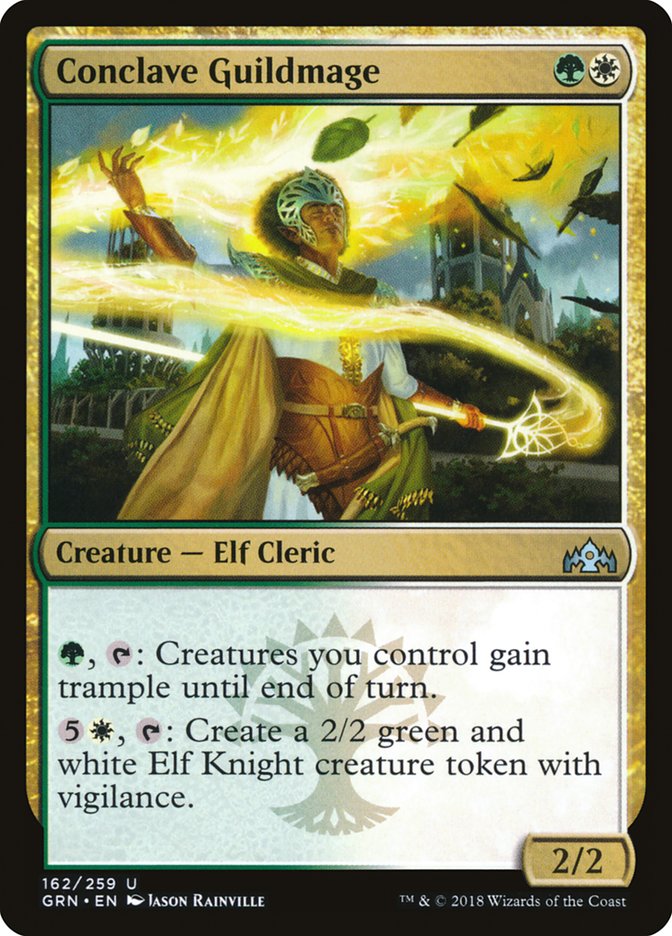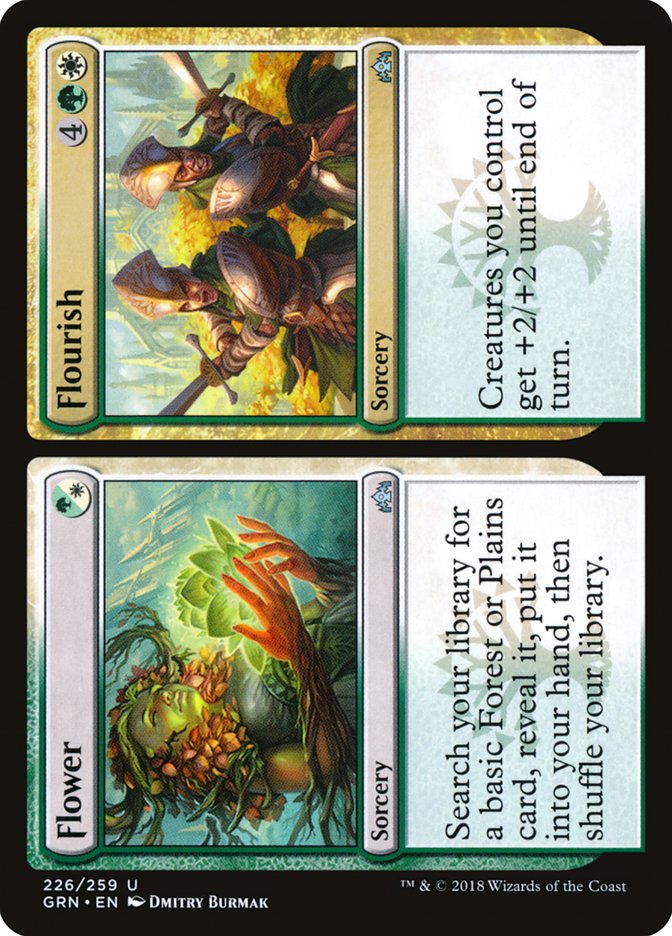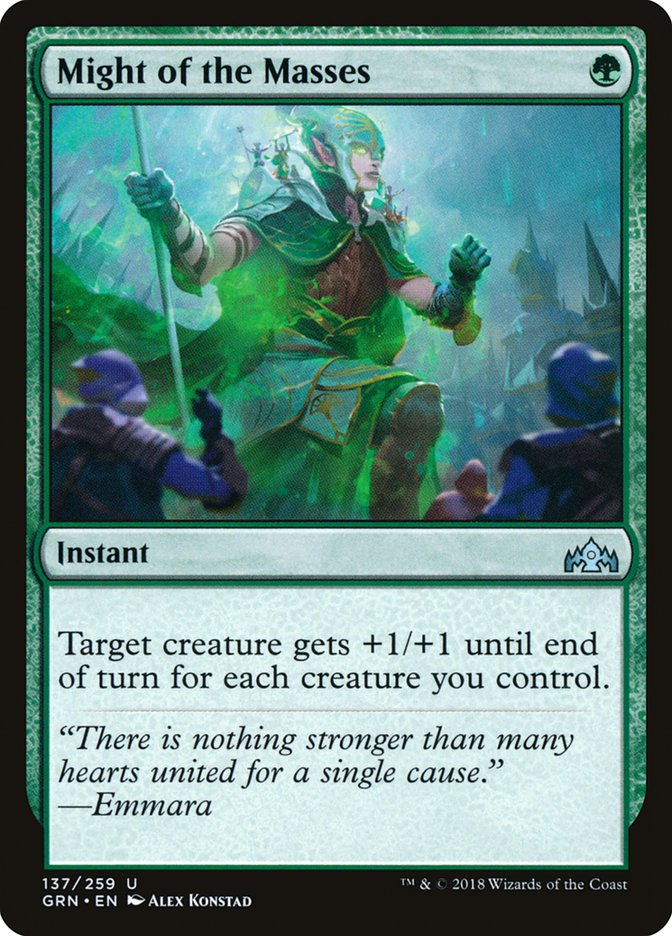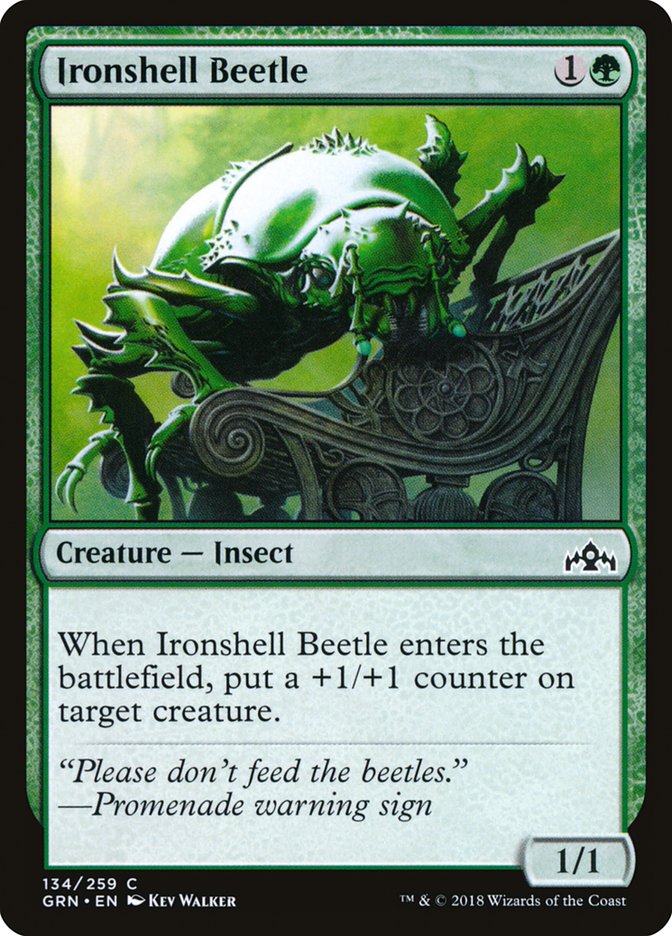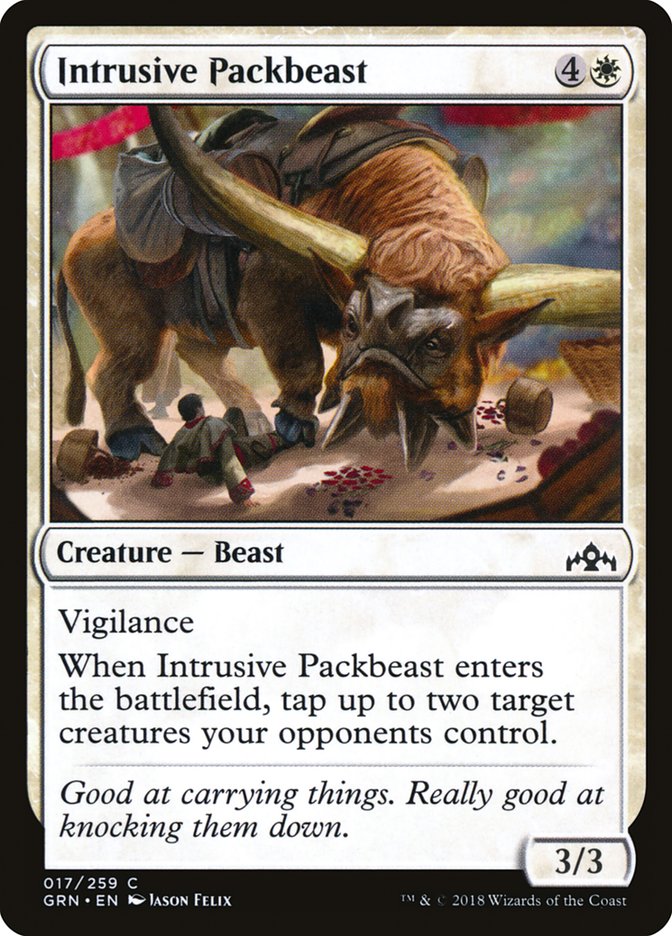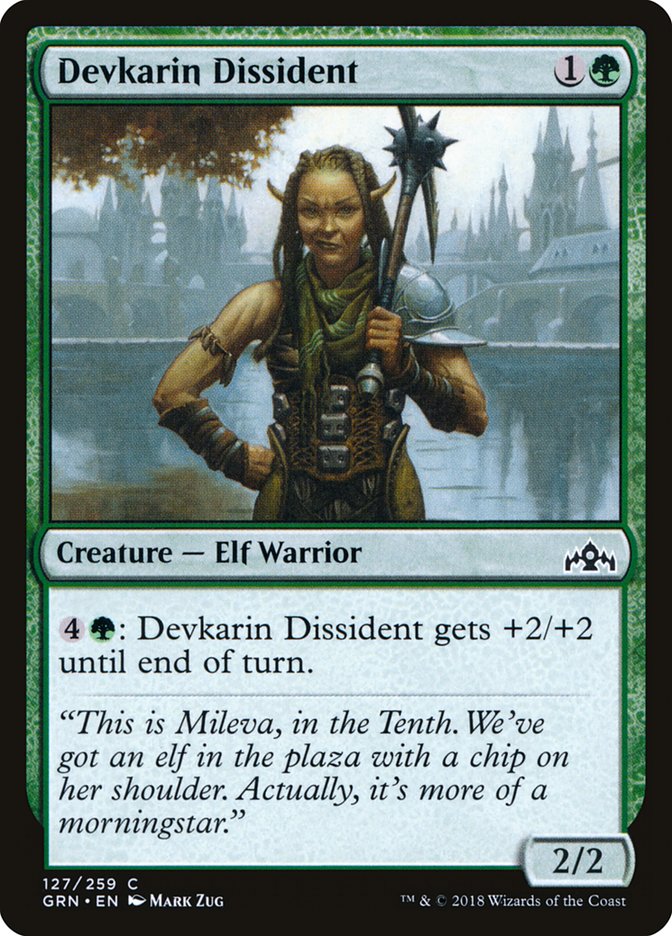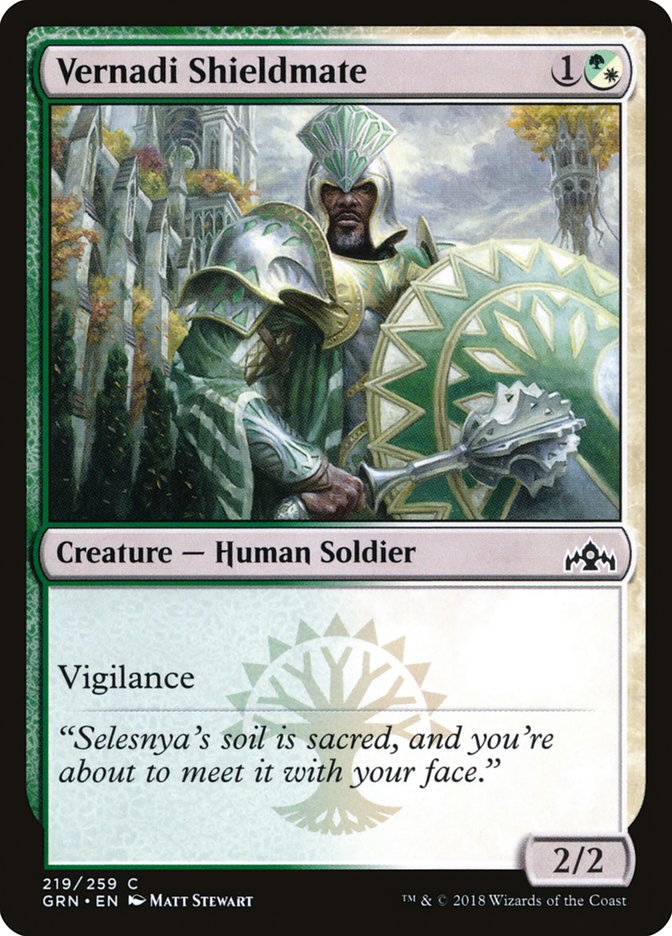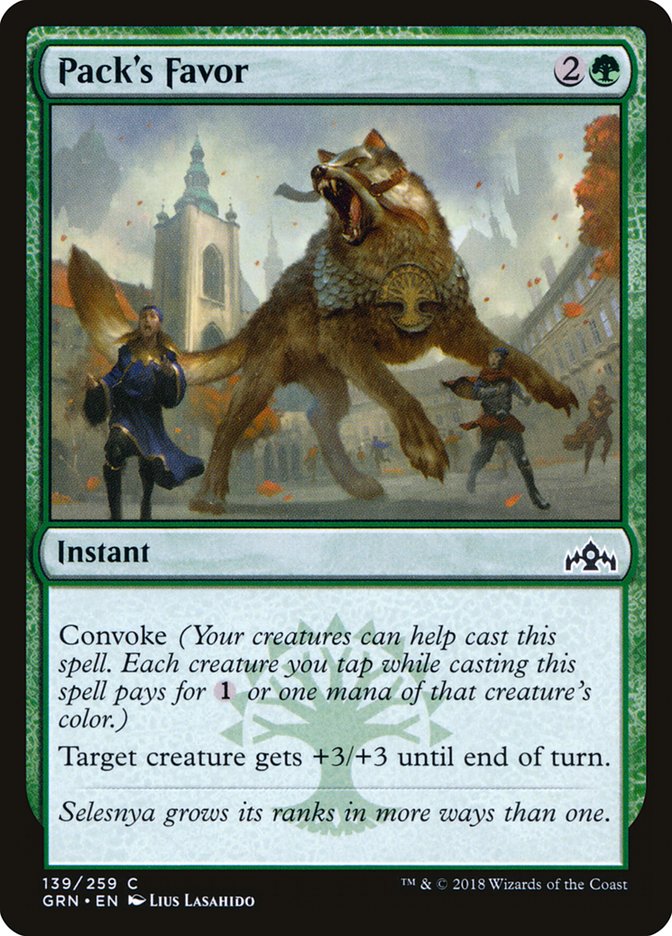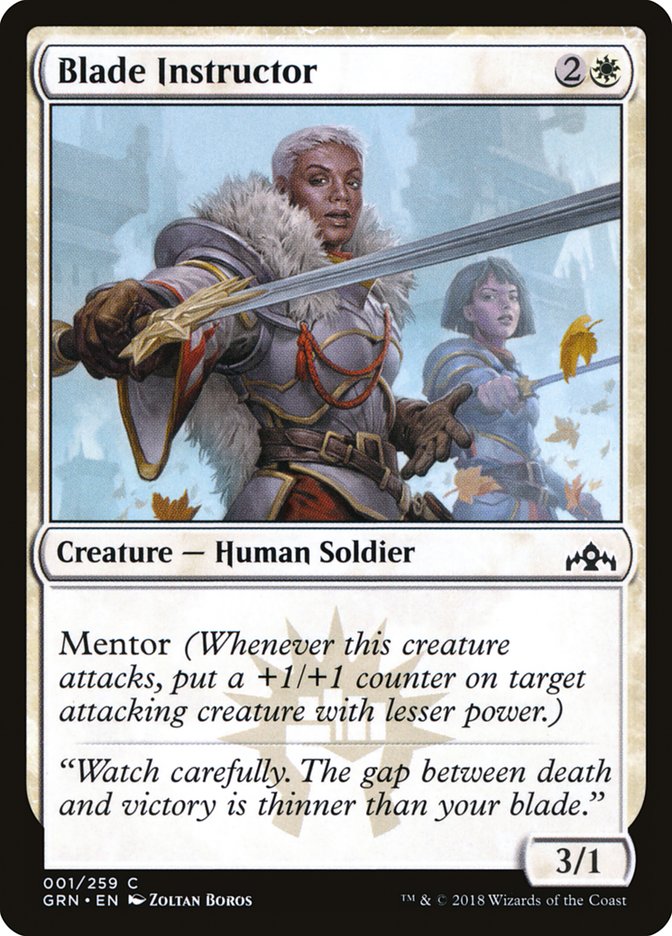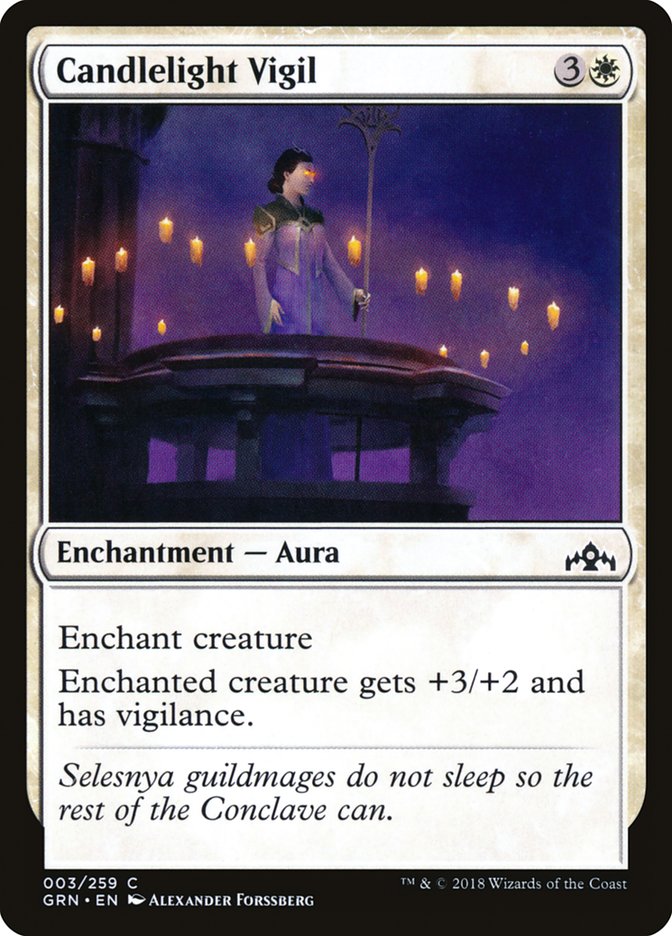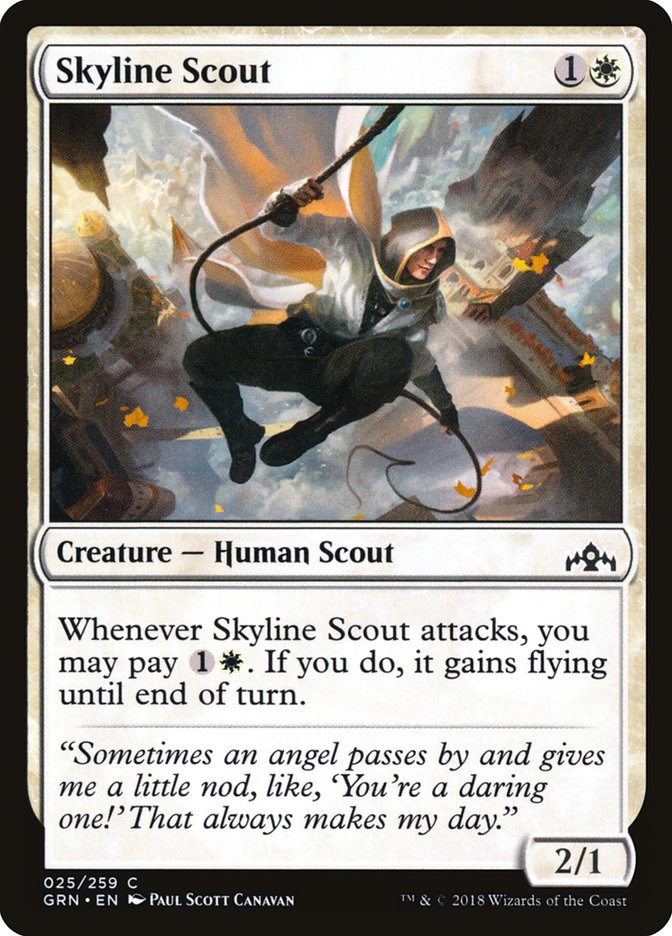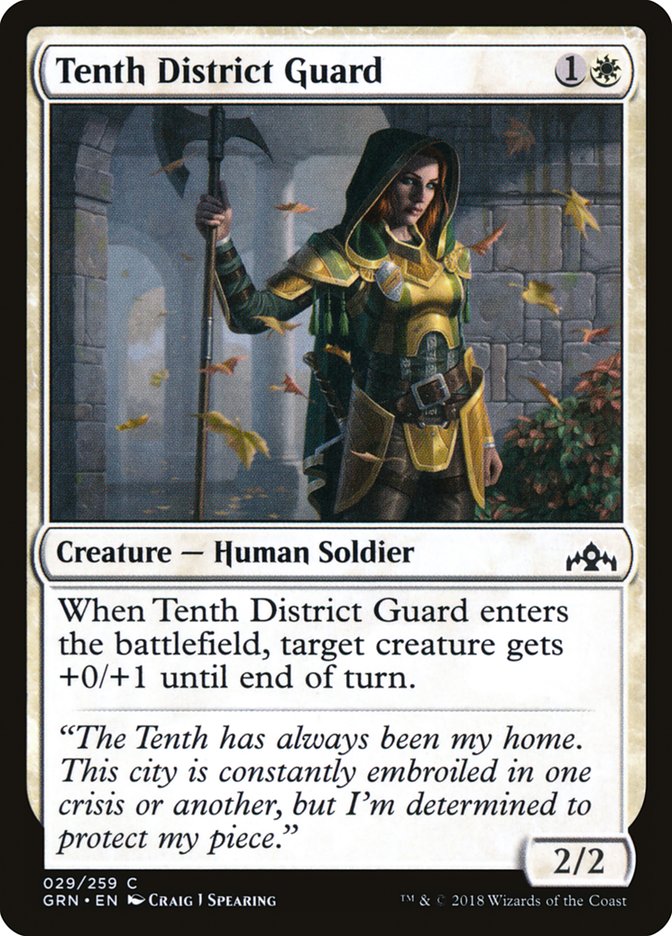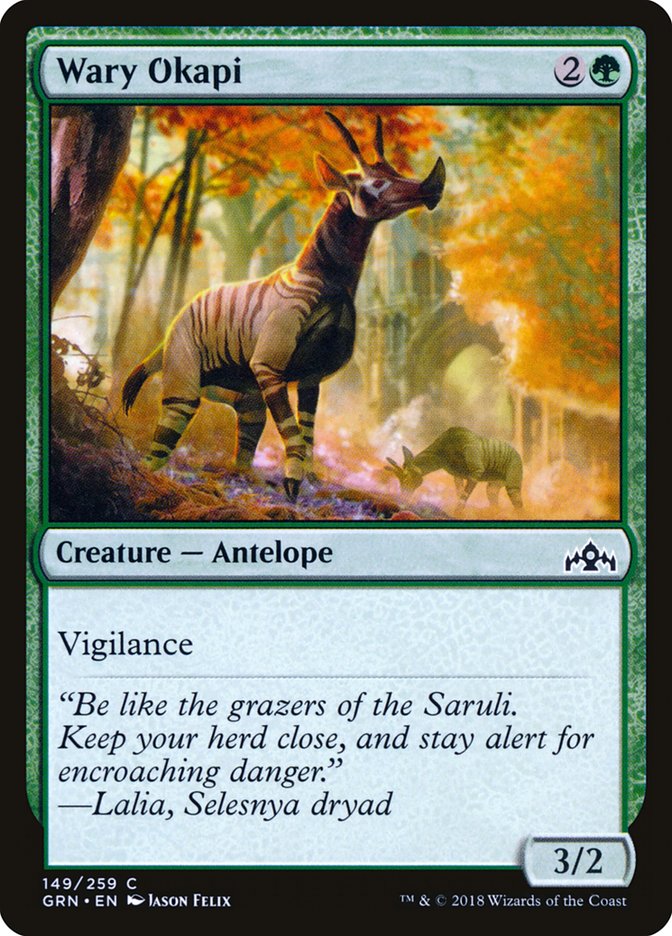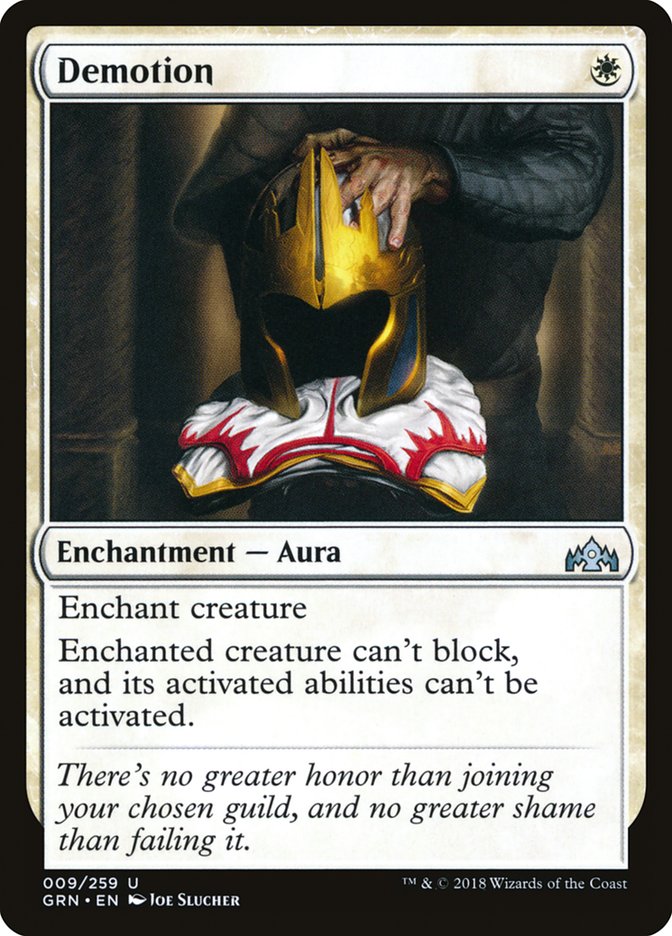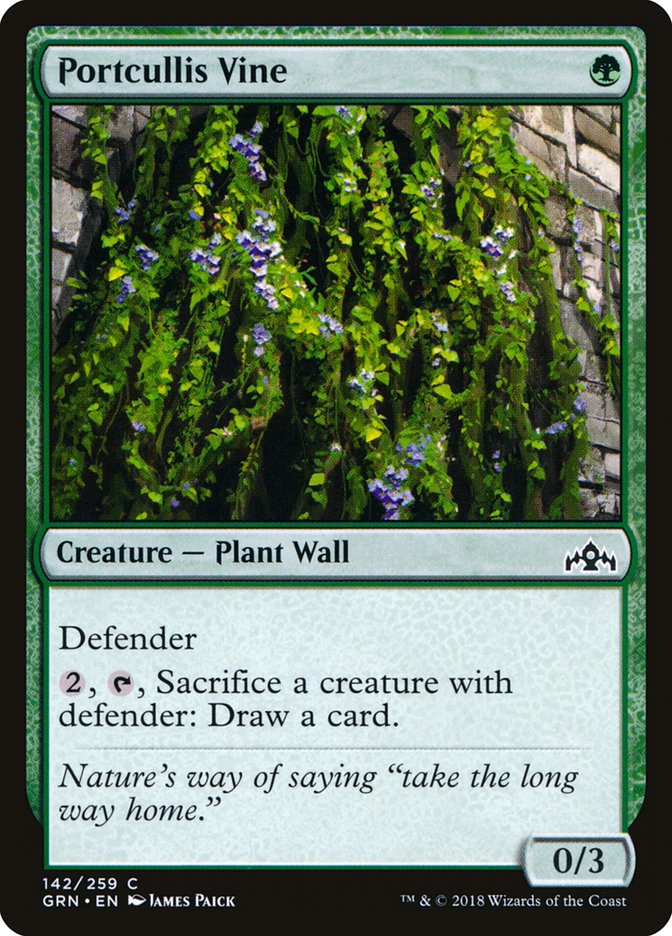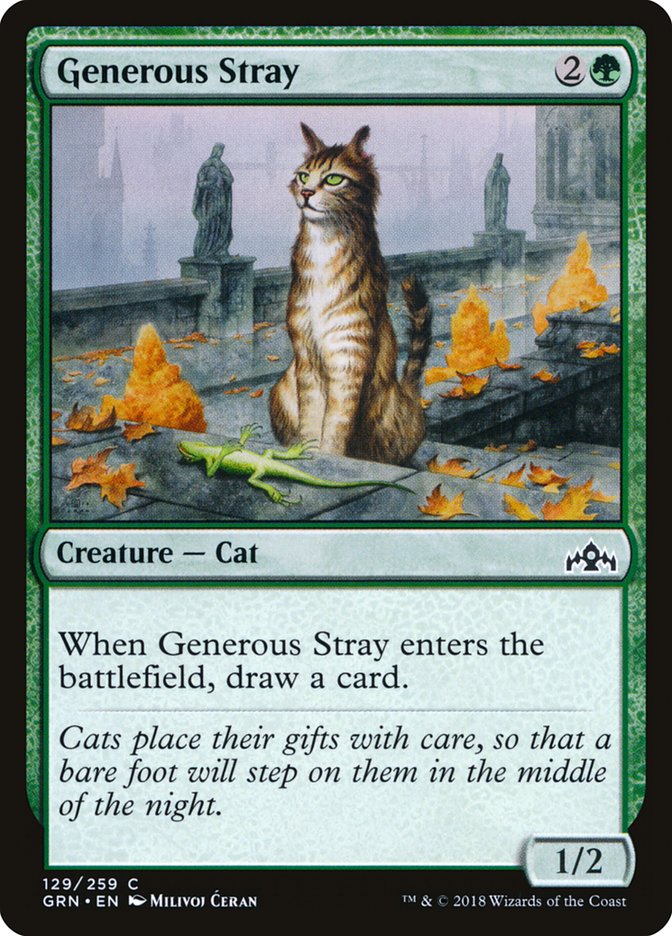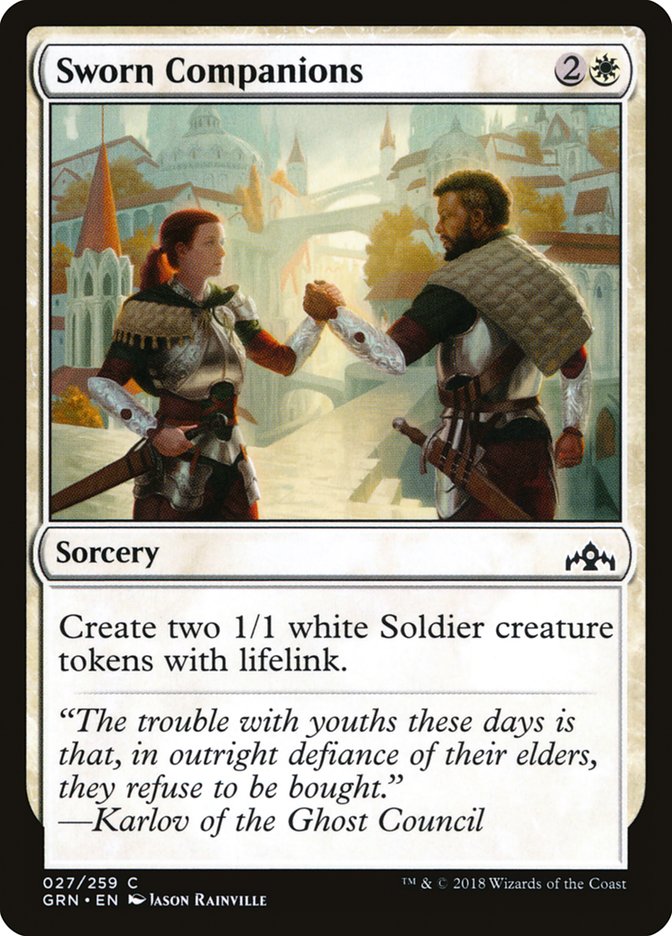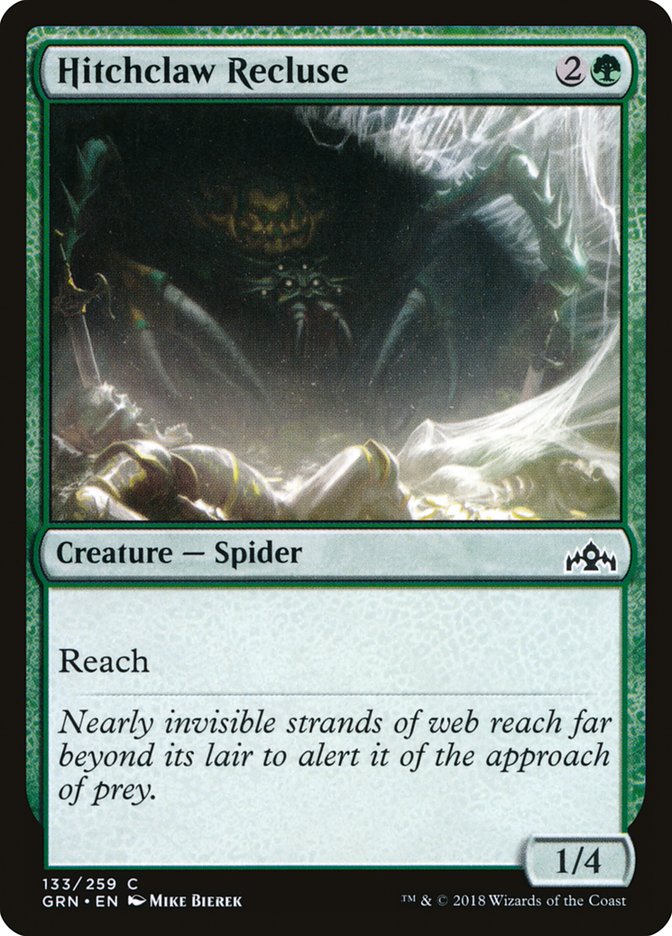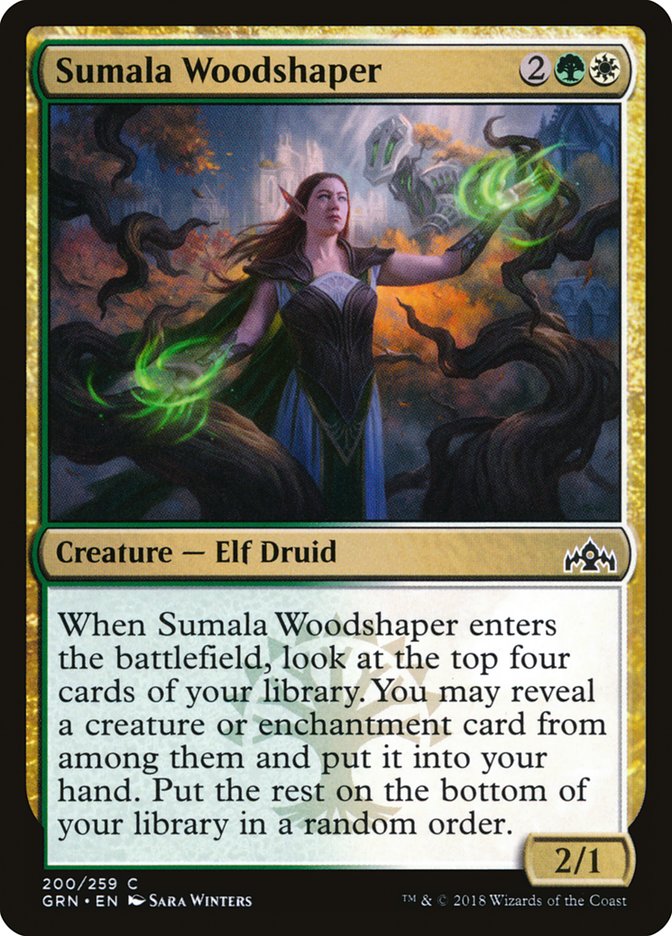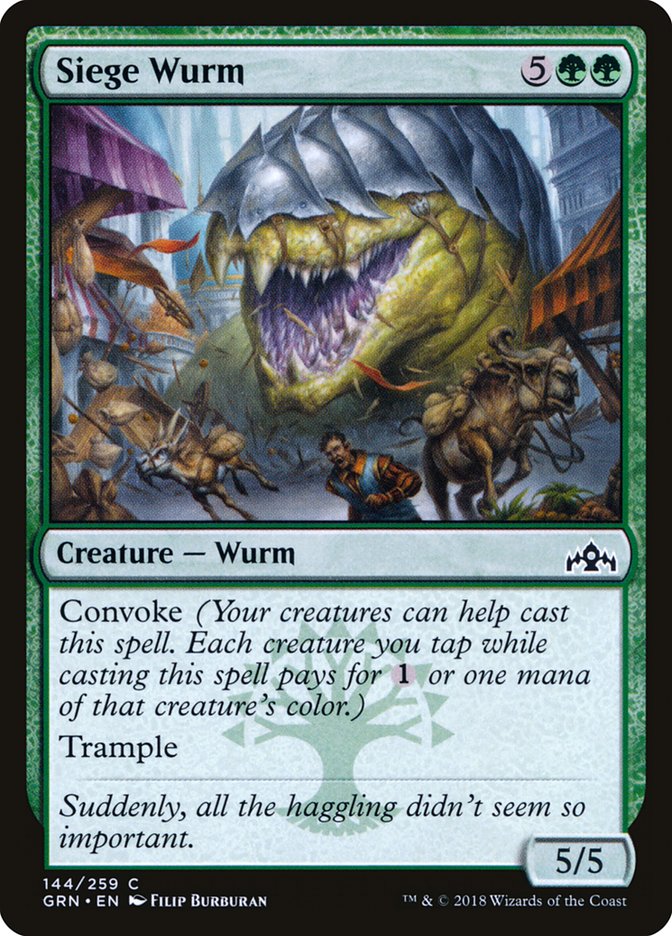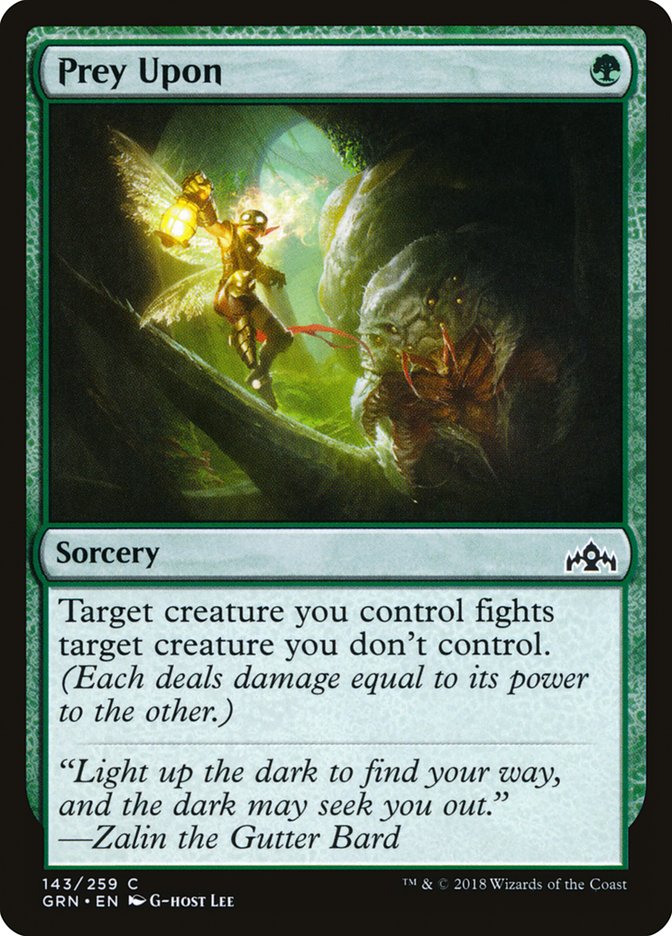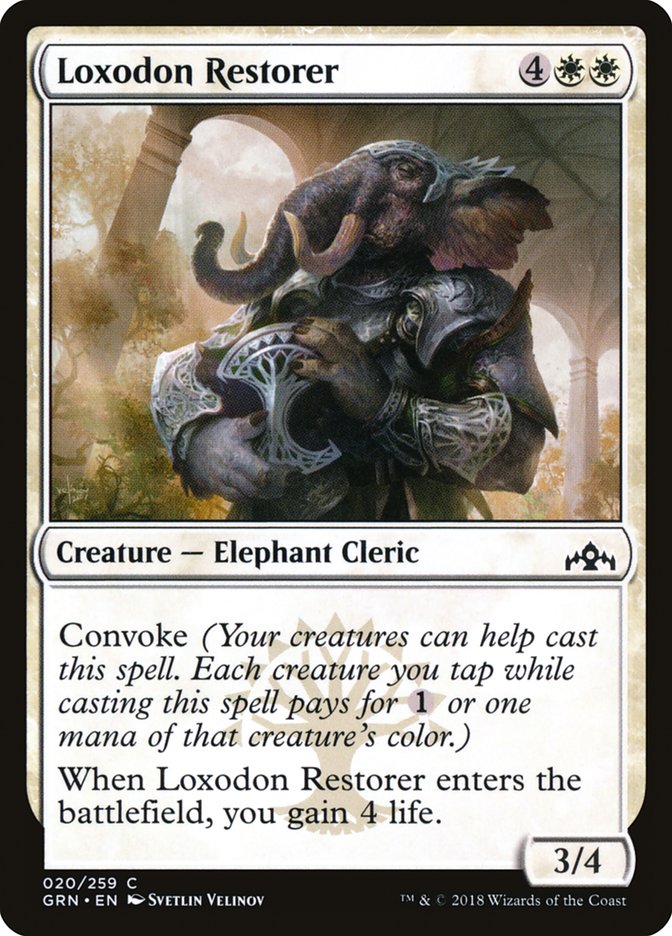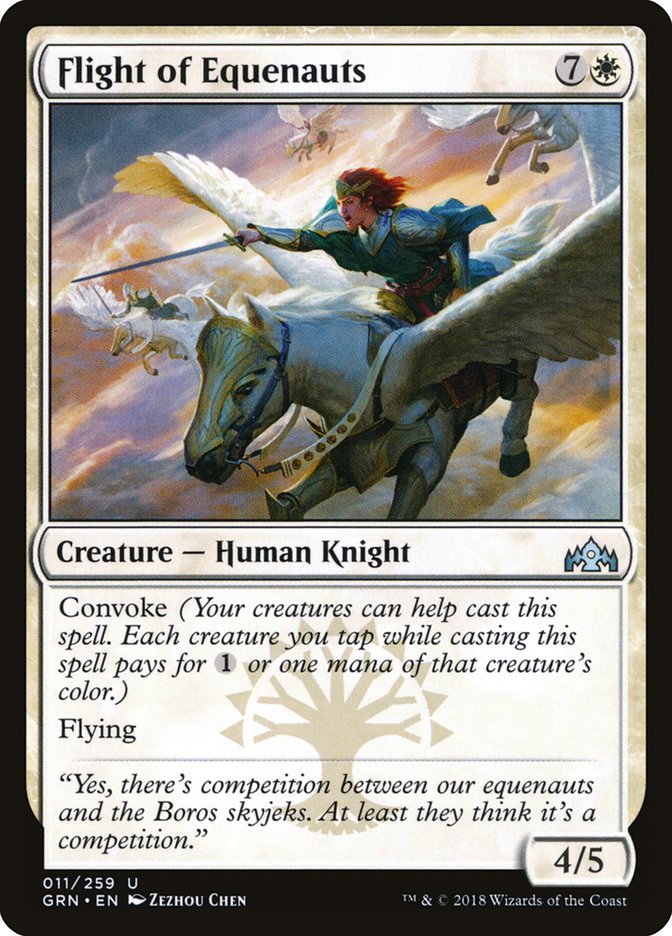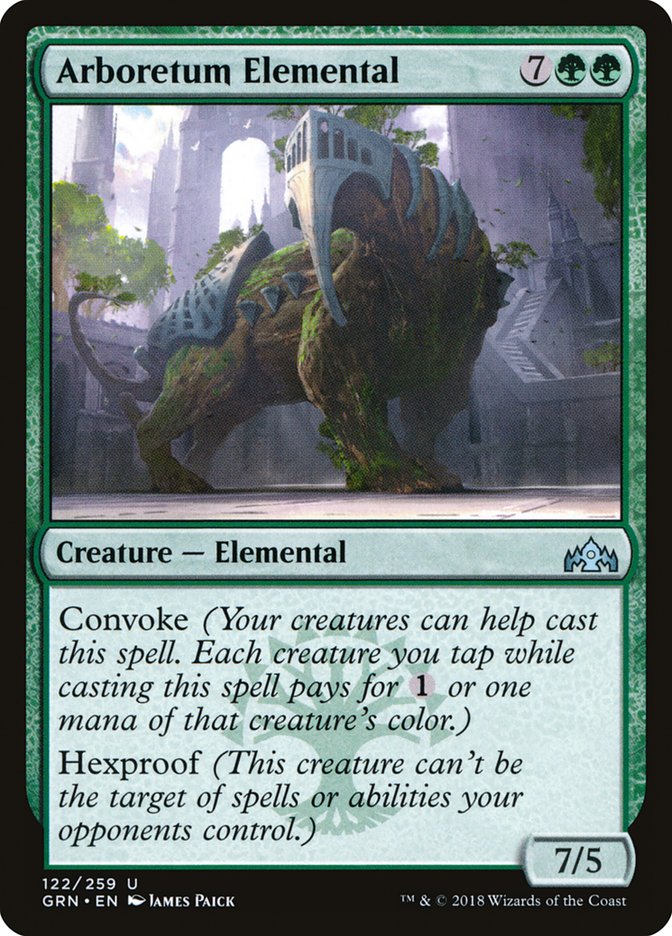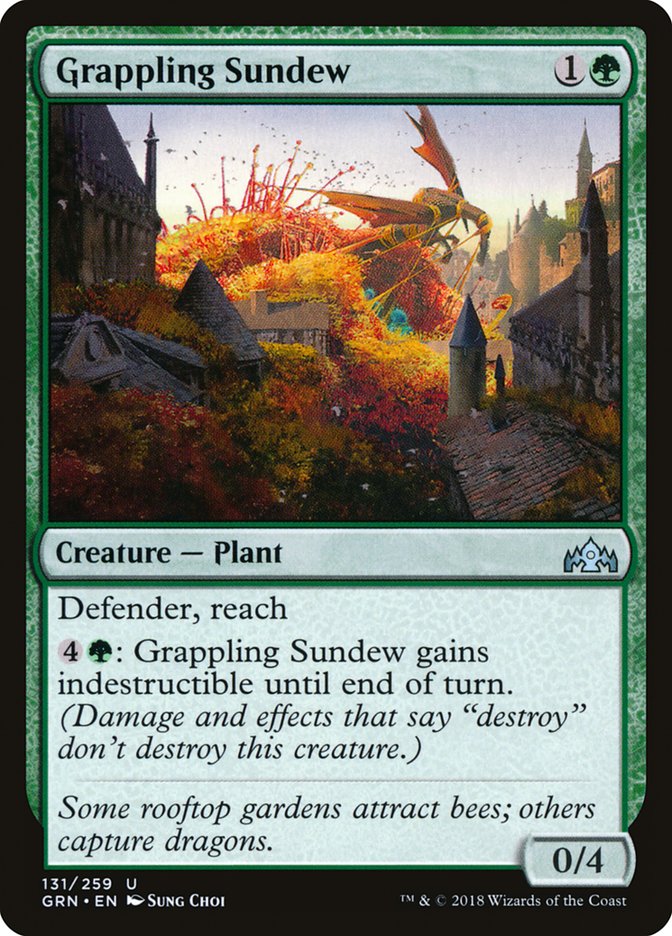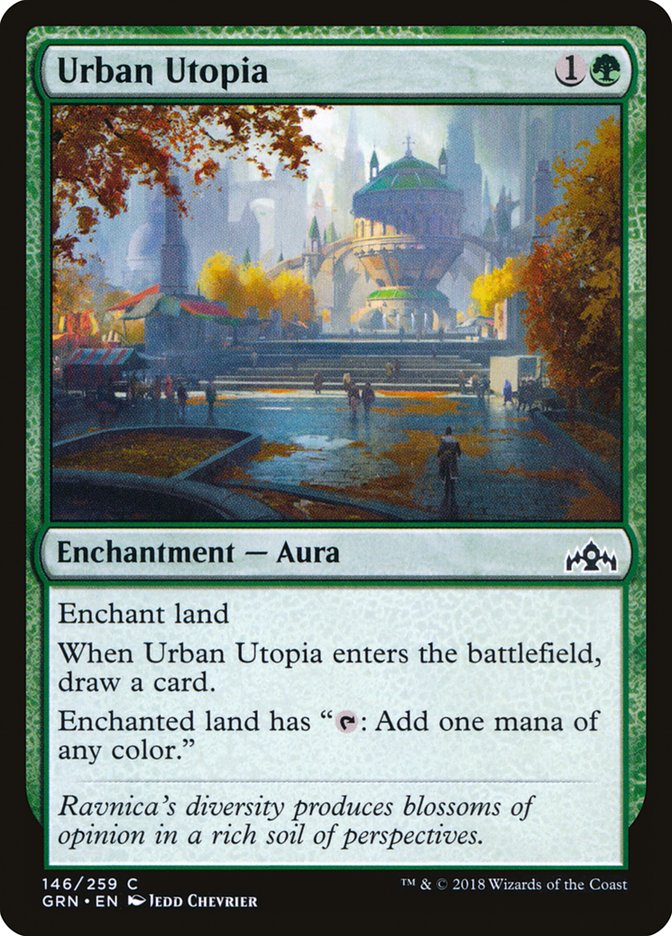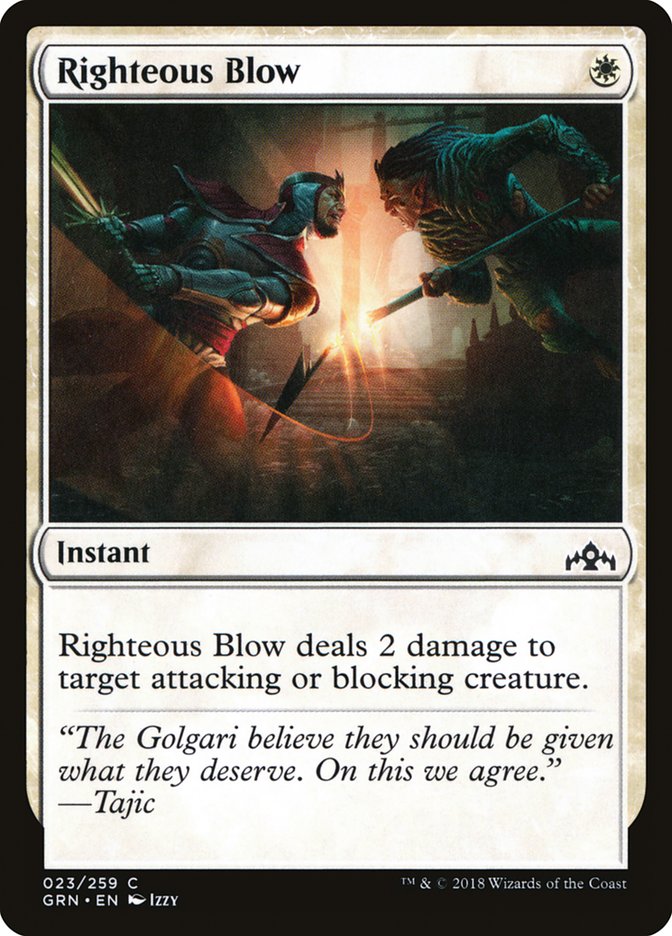For the last couple of weeks, green has been underdrafted in Guilds of Ravnica. Whether you’ve heard it from my content or elsewhere, green is the worst color in this format. But it’s not as bad as in Battle for Zendikar, when many well-respected players avoided green at all costs. Selesnya, Golgari, and green-base five-color decks can be very good in this format.
The problem is that the intuitive approach based on their mechanics, undergrowth and convoke, aren’t actually the optimal builds. So if you don’t have a lot of experience in the format, you can end up with a mediocre Selesnya deck even when the color combination is open. Today, I’m going to cover how to draft Selesnya, and next week I’ll do the same for Golgari.
Here are some cards that I’m not looking to put in my Selesnya decks that may surprise you:
Selesnya is not a go-wide strategy that utilizes convoke as a payoff. This isn’t to say that you won’t have a wide battlefield in plenty of games; that’s just not the primary gameplan. Sworn Companions is not good in the majority of Selesnya decks, and once you’re excluding the token makers, Siege Wurm gets much worse too.
A lot of us were originally fooled into thinking that Siege Wurm would be great. It has been every time we’ve seen it before. But all of those formats also contained cards like Scatter the Seeds and Triplicate Spirits. This doesn’t mean you should never draft a deck that uses tokens and small creatures like Generous Stray to power out your convoke threats (more on that later), but it does mean that this isn’t what you should be looking to do in Selesnya.
The best Selesnya decks are extremely low to the ground. You play as many two-drops as you can get your hands on, and fill the rest of the curve with combat tricks and aggressively slanted creatures, preferably some with mentor. Furthermore, you should play as many combat tricks as you can get your hands on. All of this adds up to a deck architecture that wants to turn its critters sideways every turn, and not to convoke out a creature. But what exactly does this deck look like?
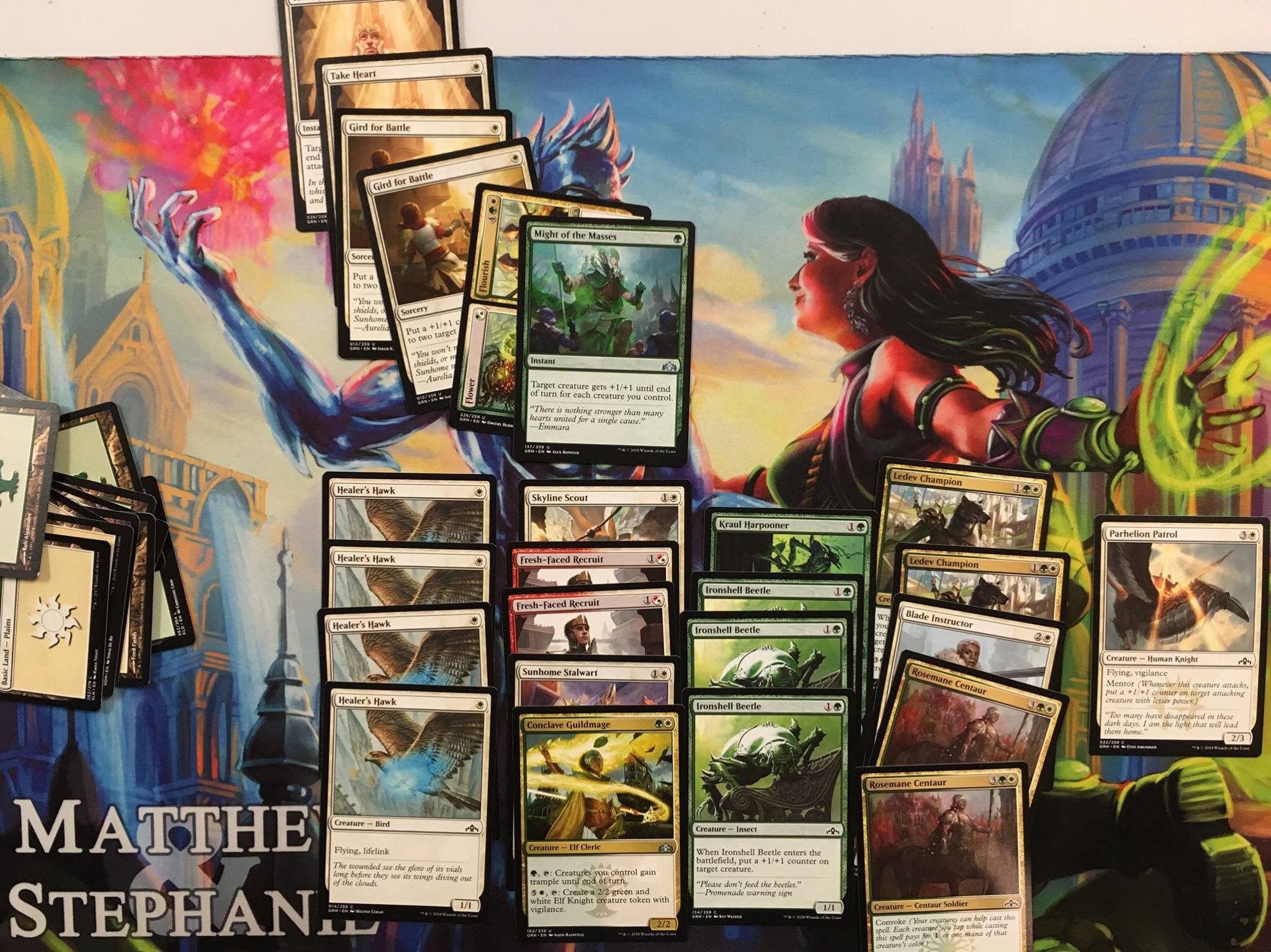
Matt Severa shared this picture with a group of Limited players early on in the format to demonstrate that maybe the reason to play Selesnya is the curve of Healer’s Hawk into Ironshell Beetle. It’s quite the curve, and the fact that both cards work very well with the rest of the cards that you want in the deck is awesome. Beetle putting a counter on Parhelion Patrol is nothing to scoff at, and the deck does a fantastic job at powering out an early Rosemane Centaur if necessary.
The deck doesn’t actually even have removal! While removal is usually important in Limited, cards like Take Heart and Might of the Masses do fill a similar role. The aggressive Selesnya archetype puts enough pressure on the opponent that combat tricks often function as removal spells. This isn’t to say that you shouldn’t take removal; cards like Luminous Bonds will still be very good in your deck, but the lack of removal isn’t as worrisome. Furthermore, if you end up in a version with an abundance of vigilance creatures, Pack’s Favor becomes quite potent. Here is a version of this archetype that I drafted that maximizes Pack’s Favor:
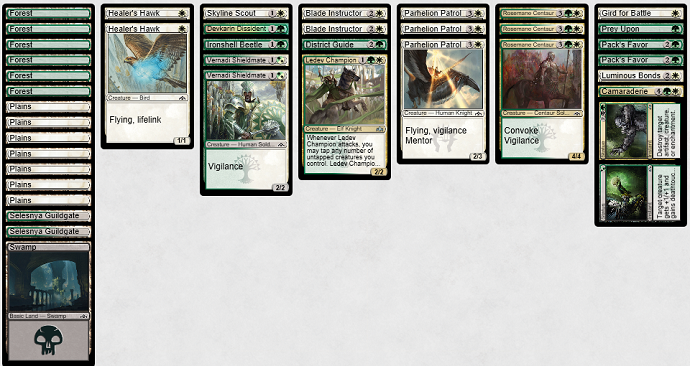
Both Selesnya decks you’ve seen so far are quite good, but that doesn’t answer the most important question: how do you draft decks that look like this?
The first rule of drafting the aggressive variant of Selesnya is to hedge your bets into other archetypes. One table can not support two Selesnya drafters unless there is a very specific assortment of gold cards opened.
You’ll notice that both my deck and Matt Severa’s deck have a lot more white cards than green cards. This is purposeful. Start your draft taking mostly white cards, which allows you to draft either Boros or Selesnya (note: you can do this with green to hedge between Selesnya and Golgari, but the white cards are of higher quality than the green cards, so this is less advised).
Once the packs start to wheel, you can discern whether or not Selesnya is open. If it is, you should have no problem getting a fantastic deck, and if not, you can backdoor into Boros, which has more support in the format than Selesnya.
This doesn’t mean you should be passing gold cards to try to glean whether or not they wheel. I’ll still pick up cards like Rosemane Centaur, Ledev Guardian, and Conclave Cavalier because they’re powerful. But I will take cards like Healer’s Hawk or Luminous Bonds over them in order to open the avenue of backdooring into Boros.
But Boros isn’t the only backdoor available with this route; it’s just the most common one. There are two other variants of Selesnya that can be good in Guilds of Ravnica Draft, but they are more difficult to put together than the aggressive variant. These are a five-color deck that’s Selesnya base, which I believe is the best base for the five-color decks, and the Selesnya deck that tries to go over the top utilizing cards like Portcullis Vine to power out Siege Wurm. Here are good examples of these decks:
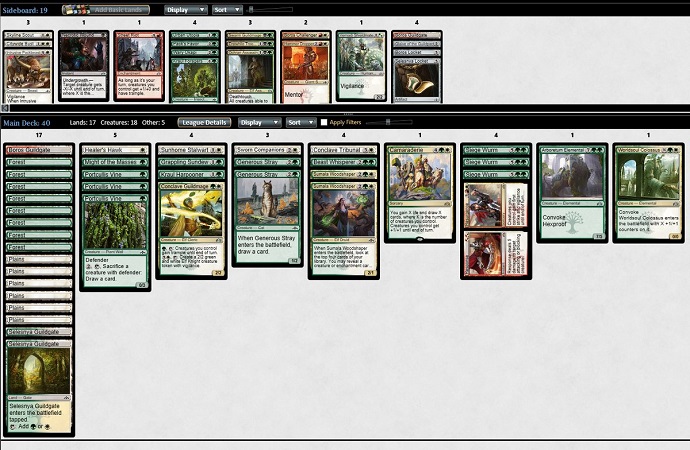
Credit: Sascha Luscher, eheh_dude on Twitch and Magic Online trophy leaderboard. Draft Log for this deck.
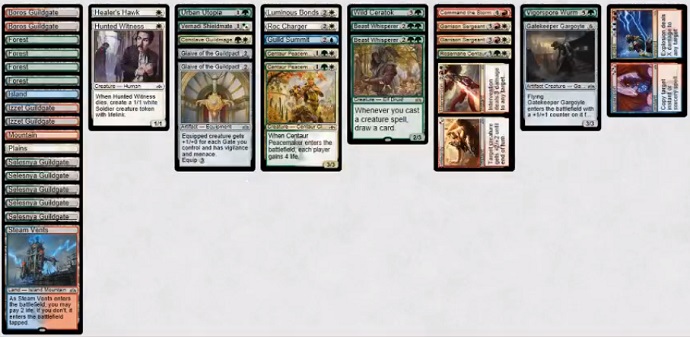
Credit: Autumn Burchett, AutumnLilyMTG on Twitch. Vod of the Draft.
These decks existing as potential backup plans actually change the way you prioritize cards for Selesnya aggro. If there are too many Boros decks at the table, the white aggressive cards will not wheel.
Now we have a good baseline for understanding the Selesnya cards that you should prioritize over all the rest. While the aggressive variant is the best variant, cards that go in all versions are crucial to pick up early in order to mitigate a train wreck of ending up in an archetype that isn’t open. I’ve said it before and I’ll say it again: if you’re in Selesnya and fighting for cards with other drafters, your deck will be much worse. Here’s the list of commons and uncommons that I take earlier for Selesnya because they are good in every version.
Note: these are listed from left-to-right in the order I prioritize them at the beginning of a draft prior to knowing my archetype. The reason to list them this way is because, as mentioned previously, navigating the early parts of the draft to give yourself the best lane should Selesnya be open is how you need to draft the archetype.
All of these are the cards that I can see myself taking in the first six-or-so picks of a draft that lead me down a path to draft Selesnya. If any of them wheel, it’s a very important note. While you’re never going to wheel a card like Conclave Tribunal, a late Rosemane Centaur or Might of the Masses can mean a lot.
After these cards, I’m just looking to fill my curve with cards like Blade Instructor and Ironshell Beetle. But these also give you information on the wheel. Here is a list of cards that are not uncommon to wheel that can help you glean which variant of Selesnya is the path you should go down. Again, I would bias towards the aggressive variant if possible, but don’t force it.
Note: as these cards are specifically for information on the wheel, they are listed in no particular order.
Selesnya Aggro Late Picks
Selesnya Convoke Late Picks
Selesnya Five-Color Late Picks
Note: Centaur Peacemaker and Urban Utopia are key cards for the five-color deck, so there’s a lot more information on these cards wheeling than the rest of the cards listed here. Additionally, Guildgates sometimes wheel, and those of any color combination can be good in order to optimize Glaive of the Guildpact, Guild Summit, or Gatekeeper Gargoyle.
You’ll notice a lot of overlap between the convoke deck and the five-color deck, but the cards serve different purposes in them. The five-color deck likes Hunted Witness and Sworn Companions because of the potential of lifelink creatures with the key card Glaive of the Guildpact, while the convoke deck likes these cards in order to power out their big creatures.
Overall, the real key to Selesnya is looking at what cards wheel in Pack 1. Use this information to position yourself into one of the three archetypes the color combination offers, but heavily bias yourself towards the aggressive variant because it is a better deck on average based on both card quality and the density of commons the deck wants.



